For Hans Futterman, it was a dream defaulted.
The developer assembled a vacant plot of land — formerly a Shell gas station and a parking lot — at Frederick Douglass Boulevard and West 122nd Street in Harlem over roughly four years, from 2011 to 2015. He then secured approvals to construct a 12-story, 127-unit residential building on the site, which offers 205,000 buildable square feet.
But in June of last year, Futterman, who declined to comment for this story, defaulted on a $36 million loan from RWN Real Estate Partners, and five months later his development firm filed for Chapter 11 bankruptcy protection. The bankruptcy auction is now set for June 21, and sources said the site could sell for as much as $70 million — about $44 million more than Futterman paid for the stretch of land over the years.
A source said Futterman pumped “his life savings” into the project — and that he is still holding out hope to develop it himself.
“This is the reality of the market today,” said Cushman & Wakefield’s Bob Knakal, who is handling the bankruptcy auction with colleague Adam Spies. “Transactions are not going the way owners want.”
Indeed, the first signs of distress have emerged in several pockets of New York City’s commercial real estate market in recent months. Retail vacancies, declining hotel revenues and foreclosures on Park Avenue are among a flurry of indications that the market is inching closer to the brink of financial trouble.
“There’s a lot more stress in the system than most people probably realize,” said Iron Hound Management’s Robert Verrone, who added that his mortgage brokerage is handling more workouts nationally than ever before.
The influx of troubled loans is a product of the 2007 lending boom, and $90 billion in commercial mortgage backed-securities backed by properties across the country are set to mature this year. Sean Barrie of Trepp, which tracks CMBS, noted that the massive batch of loans was “underwritten pretty liberally,” and now, many of those sponsors may face difficulty refinancing their over-leveraged assets.
 Attorney Ray Hannigan, of Herrick Feinstein, who specializes in foreclosures and workouts, said the tri-state area is already seeing a substantial influx of those maturity defaults.
Attorney Ray Hannigan, of Herrick Feinstein, who specializes in foreclosures and workouts, said the tri-state area is already seeing a substantial influx of those maturity defaults.
“It’s a long time coming,” he said. “The market needs to work through this latest cycle and weed out the good and the bad.”
The bad can be found across the five boroughs. In Brooklyn and Staten Island, scheduled foreclosure auctions are making a comeback. There were 90 foreclosure auctions in Brooklyn in March, a 125 percent year-over-year increase. Staten Island — where the real estate market has been less active — had 32 in the same month, a 10 percent increase from the previous year, according to California-based research firm ATTOM Data Solutions data provided to The Real Deal.
ATTOM data also showed that there was a 327 percent increase in New York City multifamily and retail sales to third-party investors in foreclosure auctions in 2017’s first quarter, year-over year. Similarly, the number of bank-owned commercial properties rose 8 percent year-over-year.
No one is suggesting that distress is widespread — yet. More than 25 lawyers, economists, lenders and brokers who spoke to TRD for this story were confident that although a decline is around the corner, it won’t be as severe as it was 2007 or 2008 — when, as attorney Wallace Schwartz of the national law firm Kasowitz put it, “everything fell off the table.”
“Distress is a very macro word,” said Ayush Kapahi of capital advisory firm HKS Capital Partners. “There’s something churning. I don’t know if the word ‘distress’ will apply, or if it will just be a market reset.… There are so many variables that go into a storm.”
To get a better idea of the extent of the trouble in the market, TRD took a temperature check of all the commercial real estate asset classes across the city.
Retail anxieties
When real estate developer Billy Macklowe proclaimed, “I think retail is fucked, plain and simple,” in late April, he was echoing a sentiment widely shared among industry insiders: Of all commercial real estate asset classes, retail is showing the clearest signs of distress.
“Retail is a disaster in New York City,” one source said on the condition of anonymity. While part of that situation is due to the continual rise of online retailers, “another part of it is people are too greedy,” the source added in reference to landlords seeking steep rents.

Indeed, brick-and-mortar stores across the country are collapsing due to high overhead, weak sales and mounting debt, and major U.S. retailers including American Apparel and Aeropostale, among many others, have filed for bankruptcy.
Some retailers are making real estate moves to stay afloat amid falling sales. Department store Lord & Taylor is considering adding a residential tower on top of its flagship at 424 Fifth Avenue and Neiman Marcus recently met with Related Companies about a potential merger — a deal that Related chair Stephen Ross later said would not happen.
No major retail landlords in the city have defaulted on their loans because of the waning market, but many are seeing increased vacancies. Last year, availability rates on Fifth Avenue between 42nd and 49th streets hit a high of 31 percent, Cushman data show. All in all, eight of Manhattan’s 11 major retail neighborhoods saw availability rates grow between 0.6 and 8.2 percent, according to the commercial brokerage.
“Look anywhere in the city and you see unusually high vacancy,” said real estate attorney Joshua Stein. To be sure, there is more leasing activity taking place on less-glamorous stretches like Ninth Avenue (see related story).
Most recently, Ralph Lauren announced it would be closing its 39,000 square-foot flagship store at the Coca-Cola
Company’s 711 Fifth Avenue. The retailer will continue to pay a whopping $70,000 per day in rent as part of the lease, which expires in 2029, if it can’t get out of the arrangement.
And as leasing volume slows, landlords are wooing new tenants by offering concessions, including cheaper rents, build-outs and more flexible deal terms.
If any major retail landlord is approaching trouble, it could be Thor Equities’  Joseph Sitt (see related story), whose portfolio has retail vacancies, including nearly 27,000 square feet of vacancies at 530 Fifth, which the firm co-owns with General Growth Properties.
Joseph Sitt (see related story), whose portfolio has retail vacancies, including nearly 27,000 square feet of vacancies at 530 Fifth, which the firm co-owns with General Growth Properties.
And Sitt certainly isn’t alone.
Jack Terzi’s JTRE Holdings, for example, has reportedly been in contract for nearly a year to pay about $140 million for a vacant six-story retail building at 23 Wall Street. Sources said that over that time, Terzi has had difficulty locking in financing and securing a flagship tenant, though Uniqlo is among the prospective retailers that have negotiated for space there.
Of the $7.53 billion in 200 CMBS notes backed by retail properties in New York City, five, totaling $77 million, are with a special servicer, according to Trepp.
“Retail dynamics and challenges are certainly not unique to New York,” said Sam Chandan, an economist and associate dean at New York University’s Schack Institute of Real Estate. “New York has a very unique retail footprint by virtue of it being a dense tourist market and one where most retail is ground floor or street-facing. There will be some difficult adjustments.”
Hotel oversupply
The hotel industry is also facing an uphill battle to absorb oversupply in the city and combat online home-sharing marketplace Airbnb.
“The industry’s struggle is really playing out in the room rates, which have declined and are expected to continue to do so,” said Peter Muoio, chief economist and head of research at online real estate marketplace Ten-X.

Revenue per available room fell to $163 during the first three months of this year — its lowest level of the current cycle and a 2.3 percent drop year-over-year, according to a recent report from hotel-and-data analytics firm STR.
Transactions are also down, as New York City saw $2 billion in hotel deals in 2016, a sizable drop from $4.8 billion the prior year, according to STR. The 2015 figure, it should be noted, included the blockbuster $1.95 billion sale of the Waldorf Astoria to Anbang Insurance Group. Many of the 2016 deals were for “upper midscale” or “upscale” properties, unlike 2015 when most hotels that sold were “luxury” or “upper upscale,” according to the data firm’s report.
Sources said that so far, hotel owners have been able to largely escape trouble with a “big paydown” through a recapitalization or a sale, but the few hotels that were sold in the last two years have done so at a loss. Thor has been in contract since the fall to purchase PGIM Real Estate’s five-star James New York hotel in Soho for $70 million — a $13 million drop from the property’s previous sale price of $83.4 million in 2013.
While some hotels are simply depreciating in value, at least one is facing foreclosure. The four-star, boutique Mansfield Hotel at 12 West 44th Street in Midtown has been hemorrhaging cash for more than a year as the owner, Ark Partners, has struggled to sell for $65 million.
Court records show Wells Fargo, the trustee on the hotel’s $20 million loan, is working through foreclosure proceedings with the developers.
A wide range of Manhattan hotels are on the market, though very few have been able to find a buyer quickly. The properties on the hunt include the Park Lane Hotel, the Quin, the Standard High Line and Hotel Wales.
read more…
https://therealdeal.com/issues_articles/distressed-out/?utm_source=The+Real+Deal+E-Lerts&utm_campaign=ddb3f210e9-New_York_Weekend_Update_10.18.2015&utm_medium=email&utm_term=0_6e806bb87a-ddb3f210e9-385733629
/cdn.vox-cdn.com/uploads/chorus_image/image/57022437/71Kuur2B1uL._SL1415_.0.jpg)
/cdn.vox-cdn.com/uploads/chorus_asset/file/9401359/81jA224ZzxL._SL1500_.jpg)
/cdn.vox-cdn.com/uploads/chorus_asset/file/9401361/61o_PPNRoKL._SL1072_.jpg)
/cdn.vox-cdn.com/uploads/chorus_asset/file/9401363/81ge1D1EVGL._SL1500_.jpg)
/cdn.vox-cdn.com/uploads/chorus_asset/file/9401367/91uOCNl6MhL._SL1500_.jpg)

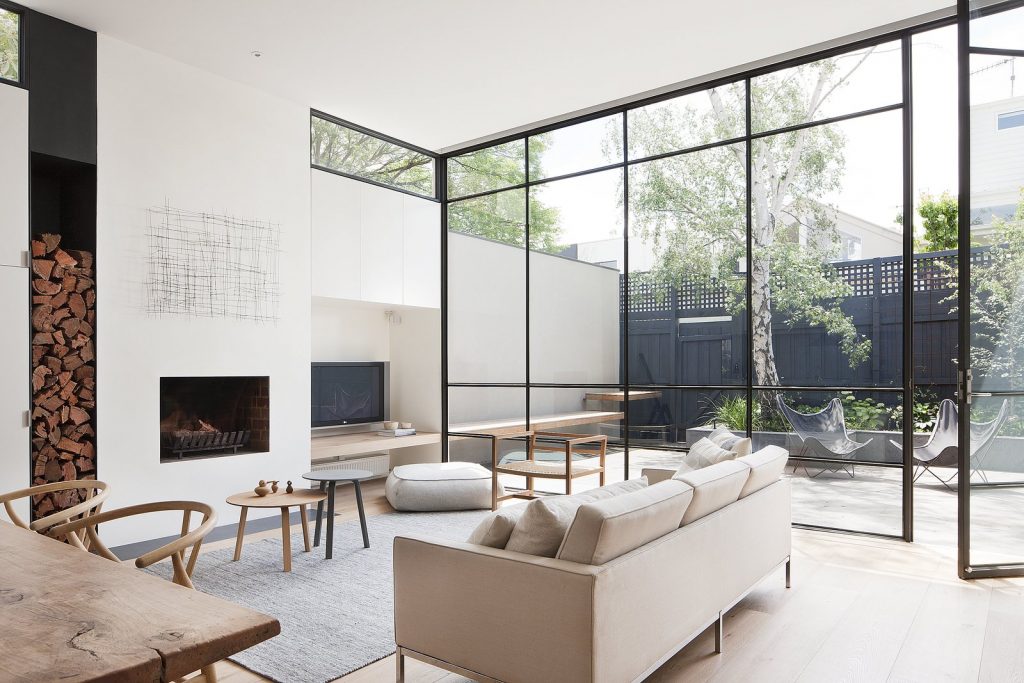 Photo by Shannon McGrath. Architect: Robson Rak Architects. Landscape Designer: Weller Landscapes. Interior Designer: Made by Cohen.
Photo by Shannon McGrath. Architect: Robson Rak Architects. Landscape Designer: Weller Landscapes. Interior Designer: Made by Cohen.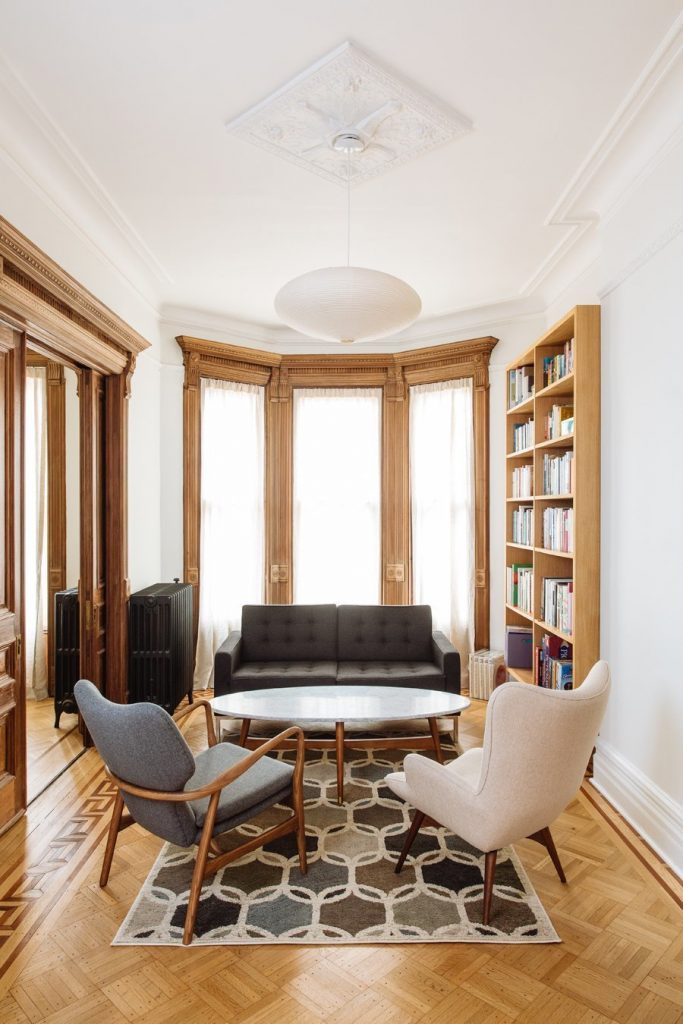 Photo courtesy of Sonya Lee Architect llc.
Photo courtesy of Sonya Lee Architect llc.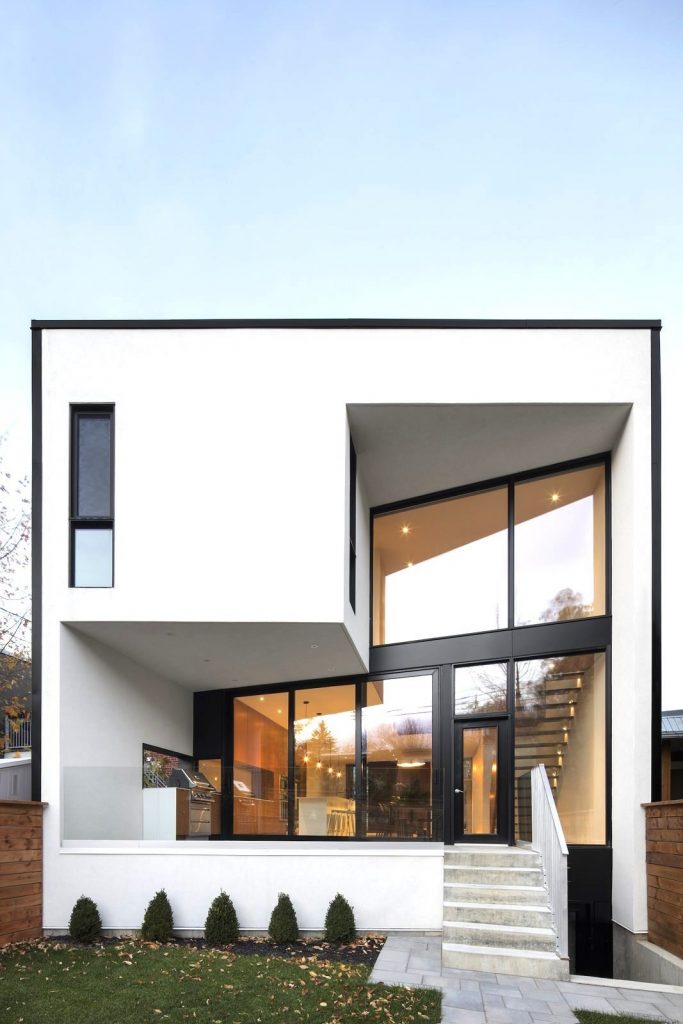 Photo courtesy of Microclimat and Leibal. Architect: Microclimat.
Photo courtesy of Microclimat and Leibal. Architect: Microclimat.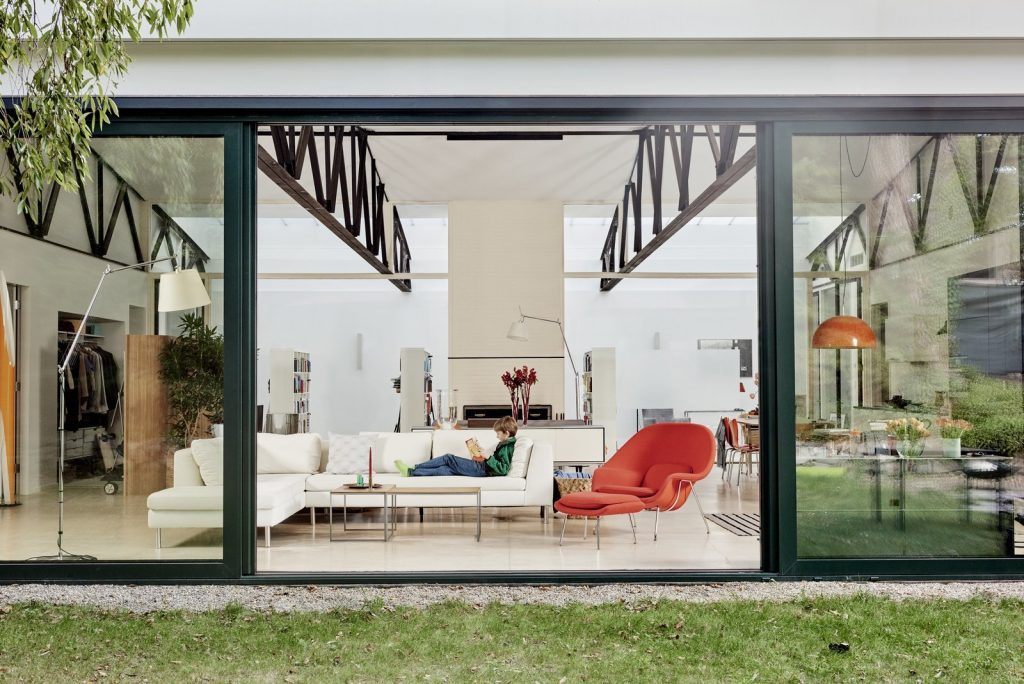 Photo: Tony Luong. Architect: Ruhl Walker Architects.
Photo: Tony Luong. Architect: Ruhl Walker Architects. Attorney Ray Hannigan, of
Attorney Ray Hannigan, of 


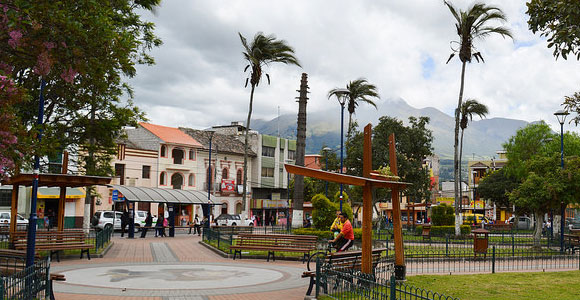 Cotacachi is becoming something of an expat magnet. Estimates are that about 100 expats live full-time in Cotacachi now. It’s a diverse group—not all American. There are Israelis, Cubans, Brits, and more among them, who get together regularly to discuss topics of interest or just to celebrate life. This makes retirement in Cotacachi enjoyable. The expats here are outgoing and relaxed, since there’s not much to worry about. No traffic, no temperature swings, no pesky insects, and certainly no money problems.
Cotacachi is becoming something of an expat magnet. Estimates are that about 100 expats live full-time in Cotacachi now. It’s a diverse group—not all American. There are Israelis, Cubans, Brits, and more among them, who get together regularly to discuss topics of interest or just to celebrate life. This makes retirement in Cotacachi enjoyable. The expats here are outgoing and relaxed, since there’s not much to worry about. No traffic, no temperature swings, no pesky insects, and certainly no money problems.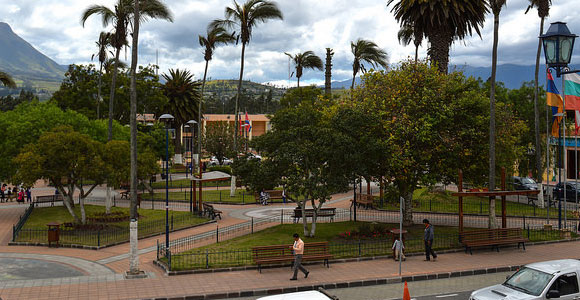 Cotacachi is a fabulous place to improve your health. The moderate climate with little variation throughout the year means that nearly every fruit and vegetable can be grown within a hundred miles. Not only is healthy produce readily available, but it’s also very affordable. With avocados priced at 3 for a dollar, organic leaf lettuce at 25 cents, and 6 plump carrots for 50 cents there is no monetary reason not to eat right.
Cotacachi is a fabulous place to improve your health. The moderate climate with little variation throughout the year means that nearly every fruit and vegetable can be grown within a hundred miles. Not only is healthy produce readily available, but it’s also very affordable. With avocados priced at 3 for a dollar, organic leaf lettuce at 25 cents, and 6 plump carrots for 50 cents there is no monetary reason not to eat right.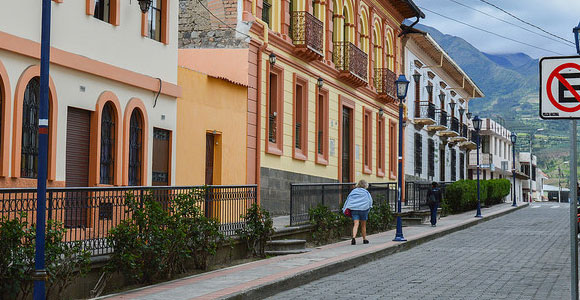 This influx of foreigners has caused something of a building boom in Cotacachi in recent years, and if you come to look for real estate, you’ll be spoiled for choice. Older homes and apartments in need of renovation can be had for the price of a good used car.
This influx of foreigners has caused something of a building boom in Cotacachi in recent years, and if you come to look for real estate, you’ll be spoiled for choice. Older homes and apartments in need of renovation can be had for the price of a good used car. The cost of living is low in Ecuador, but especially so in smaller towns like Cotacachi. If you’re living on a budget or just looking to save money, this is a great place to do so.
The cost of living is low in Ecuador, but especially so in smaller towns like Cotacachi. If you’re living on a budget or just looking to save money, this is a great place to do so.



